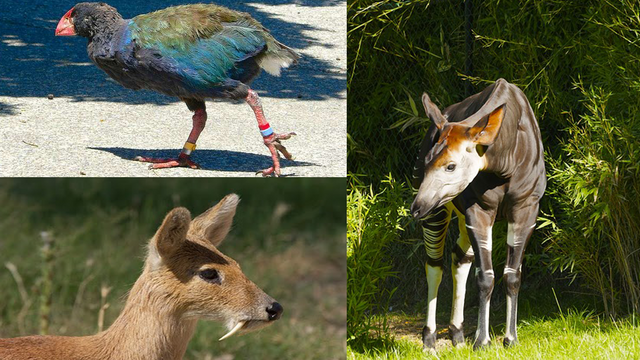
Dear Steemians,
Hello My steemit friends, Hello fellow steemians! Hope you all are doing well,and which I hope to receive admiration and interest.😄💐
Today, in this second part, we will learn about a rare species of birds that are threatened with extinction.
takahe lived in New Zealand. As a non-flying species, this large bird was preyed upon by introduced predators, but was also hunted for meat by the Maori. It was first described in 1849, but was considered extinct in the years 1898-1900.
However, a few bird groups were rediscovered in 1948 by Dr. Geoffrey Orbell in the Murchison Mountains in Fiordland, South Island. The scientific name of takahé, the species that survives the extinction of the Talève mohoau, pays tribute to the German geologist Ferdinand von Hochstetter.
Takahé is a survivor, still present despite hunting, habitat destruction and introduced predators. But even after years of efforts for its conservation.
This big bird has reduced wings and does not fly, The stocky body has a beautiful iridescent green and blue plumage, with subtle turquoise reflections, ranging from dark blue iridescent head, neck, chest and shoulders, to olive green and blue wings, tail and back. The lower abdomen and the caudal covers are white.
The massive beak and faceplate are red, with a brighter hue at the base of the beak and on the front plate. The eyes are reddish brown. Powerful legs and fingers are red.

Family: Rallidae
Kingdom: Animalia
Phylum: Chordata
Class: Aves
Order: Gruiformes
Family :Rallidae
Genus: Porphyrio
Species: P. hochstetteri
Length: 63 cm
Height: 50 cm
Weight: M: 2700 gr - F: 2300 gr
Longevity: 20 years

The breeding season runs from early October to the end of December. The nest is a thick and deep cut made of stalks of herbs. Both sexes can participate in the construction, but only the female finishes. Spawning ranges from 1 to 3 eggs hatched for one month by both parents. A bird from the previous year may even be involved in incubating and rearing young. These are nidifuges. Parents cover them at night and during bad weather. The period of dependence is very long, about 4 months.
Originally Takahe was breeding all over the South Island. Maori hunting, predation and habitat loss have left a relict population in the Fiordland Mountains. Four birds were collected between 1849 and 1898 in the Fiordland area, and the species was considered extinct until rediscovered in the Murchinson Mountains, west of Lake Te Anau, in 1948. A conservation has allowed the reintroduction of takahe from breeding captive birds from breeding as well as high populations on reserves in the North Island, the South Island and on several small islands including Tiritiri Matangui, Motutapu , Kapiti and Mana, Maud.
Takahe chief cries are a piercing, rather sonic shriek, a kind of quiet hooting as a "coo-eet" touch, and a deep and resonant roar when she feels threatened "oomf".
During the breeding season, the partners sing in duet with alternating sound
Takahe is a vegetarian and usually feeds on a variety of plant materials including roots, tender shoots, the base of Chionochloa leaves, sedges, rushes and plants of the genus Aciphylla.
It shreds the stems of the herbs with the beak, and consumes berries fallen to the ground.
During the winter in its forest habitat, it digs the soil to extract rhizomes from ferns and other roots.
It may also catch large insects such as moths, beetles and orthopterans for protein.
When the takahe feeds on foliage, she takes the young shoots and stems, and while holding them with the fingers of a paw, she chews the plant to extract the juices, a little like a parrot. Unfortunately, ungulates also consume this kind of food, and the competition is tough. The talève is active all day.
The couple is monogamous, and their links are permanent. They live in pairs or in small family groups. They are territorial and both adults defend the territory by shouting loudly and fights can sometimes occur.
The takahe uses its short wings during parades, but also during aggressive behavior. The white caudal covers are exposed while the short tail is raised. The two partners sing in duo and emit a deep and resonant "kloomph".
The takahé Talève does not fly. She is sedentary. It moves only in winter when the grasslands are covered with snow. She is able to cover great distances by walking or running.

Takahe has an extremely small population with about 227 adult birds. However, the numbers are slowly increasing through the control of introduced predators, the captive breeding and extreme management of these populations by providing dietary supplements, carrying out transfers from one island to another, and removing the infertile eggs to encourage females to produce new eggs.
In August 2015, during a killing operation of pukekos, a subspecies of Sultana hens considered too numerous, hunters accidentally kill four specimens on Motutapu Island off Auckland.
The near-extinction of southern takahé is due to massive hunting by the Māori to reduce its habitat and to introduce predators such as rats, ferrets, ermines and cats. In order to preserve it, it has been introduced in New Zealand islands where there are no predators, such as Tiritiri Matangi, Kapiti, Maud and Mana. There are also projects for the conservation of the species in captivity at Te Anau and Mt Bruce Wildlife Center near Masterton.
The species is currently still considered Endangered.

TO BE CONTINUED....

Thank you for stopping by, I hope you enjoyed. Please share your thoughts below and comment on what you think
Best regards#,🌺🌺🌺


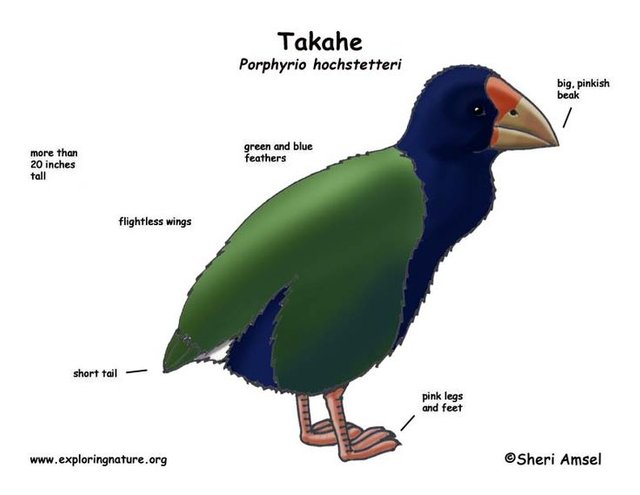
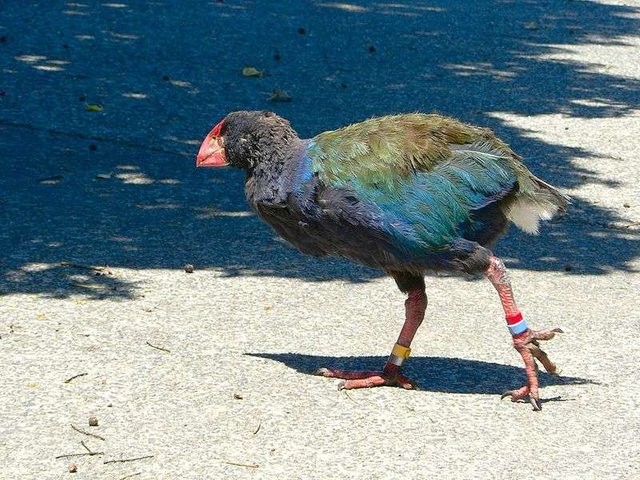
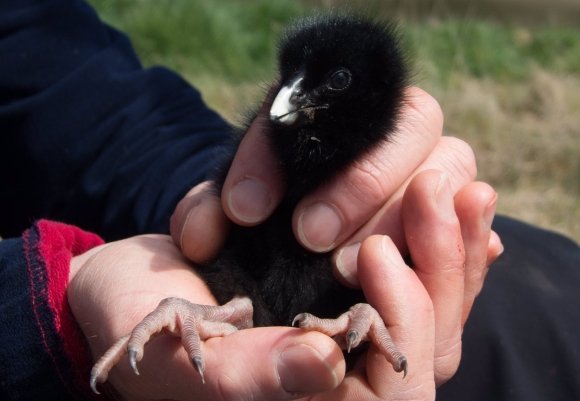
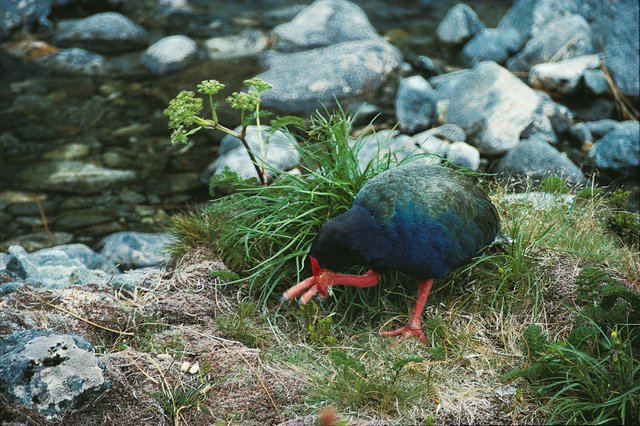

Great post, thanks for sharing @aek081969 Cheers.
Downvoting a post can decrease pending rewards and make it less visible. Common reasons:
Submit
Thank you for your support my friend :)
Downvoting a post can decrease pending rewards and make it less visible. Common reasons:
Submit
🙋Hello sir, your 📮post is 👍good
🙏Please 👀see my profile
Downvoting a post can decrease pending rewards and make it less visible. Common reasons:
Submit
شكرا للمشاركة الجميلة.
حصلت على تصويت من
@arabsteem curation trail !
** يسرنا اعلامك انه يمكنك الحصول على تصويت اضافي عبر ارسال مبلغ
0.05
ستيم او اسبيدي الى حساب التصويت الالي
@arabpromo
مع رابط المقال في حقل المذكرة (memo)
مما يتيح لك الحصول على تصويت من 0.10 الى 0.40 :)**
Downvoting a post can decrease pending rewards and make it less visible. Common reasons:
Submit
على هذا الدعم و الاهتمام @arabsteem شكرا لكم مجموعة
Downvoting a post can decrease pending rewards and make it less visible. Common reasons:
Submit